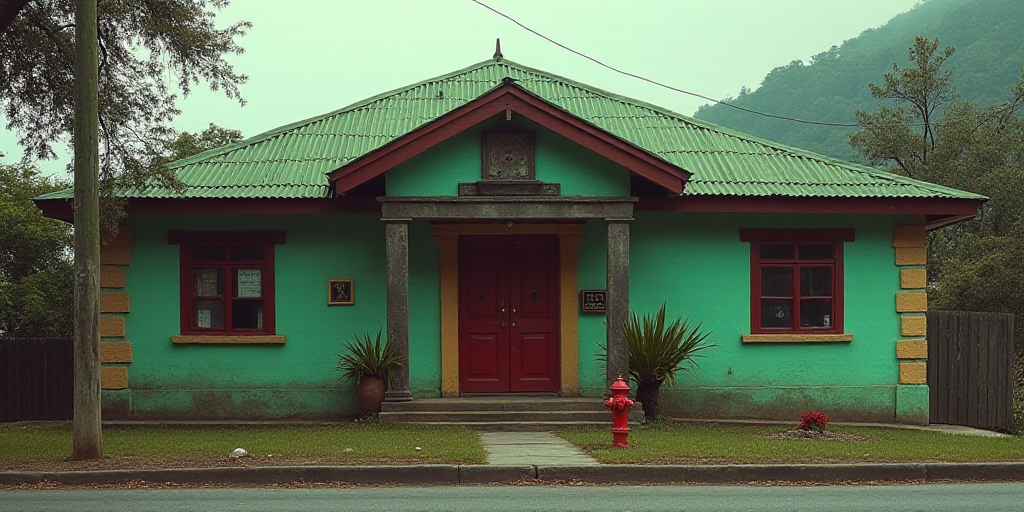Background on the Engineering College of Civil Engineers (CICM) in Mexico
The Engineering College of Civil Engineers (CICM) in Mexico plays a crucial role in ensuring the safety and resilience of buildings, especially in the face of natural disasters like earthquakes. As experts in their field, they continuously advocate for improved construction practices and the implementation of modern technologies to mitigate risks.
Earthquakes in 1985 and 2017: A Look Back
In commemoration of the earthquakes that struck Mexico City in September 1985 and 2017, the CICM highlighted that there are still opportunities to reduce uncertainties in building designs. The 2017 earthquake, with a magnitude of 7.1, caused significant damage, affecting over 25,000 homes, 1,132 schools, one hospital that collapsed, and 13 buildings deemed high-risk.
- Reconstruction costs amounted to 15,755 million pesos.
- Direct economic losses reached 88,439 million pesos, with nearly half concentrated in Mexico City.
Existing Vulnerabilities and Additional Risks
Despite reconstruction efforts, the CICM warns that many damaged buildings still exhibit structural vulnerabilities. Moreover, differential settlements and deterioration of construction materials further reduce the lifespan of buildings and heighten risks during future earthquakes.
New Norms and Technologies
To address earthquake risks, Mexico will have the Norma Técnica Complementaria para Evaluación y Rehabilitación de Edificios Existentes starting in 2023. This norm establishes modern criteria for reinforcing existing buildings.
Building codes are updated every six years, classifying structures as structurally insufficient, particularly hospitals and residential units.
The CICM emphasizes that adhering to the Construction Regulation and its complementary technical norms is vital for reducing risks.
Furthermore, the CICM has highlighted advancements in seismic engineering complemented by technologies such as sensors, drones, and satellite systems. These tools enable monitoring of risks, prevention of accidents, and optimization of disaster management.
Prioritizing Interventions
The CICM stresses that reinforcing buildings is more efficient than reconstructing them. Hospitals, schools, neighborhoods, and residential units remain top priorities due to their large and vulnerable populations.
To achieve this, the CICM advocates for shared responsibility among property owners, authorities, and the real estate sector. Incentives such as tax benefits, insurance, and guarantee funds can support these efforts.
Key Questions and Answers
- What is the Engineering College of Civil Engineers (CICM) in Mexico? The CICM is a professional organization dedicated to ensuring the safety and resilience of buildings in Mexico, particularly in the context of natural disasters like earthquakes.
- What were the impacts of the 1985 and 2017 earthquakes in Mexico City? These earthquakes caused significant damage, affecting over 25,000 homes, 1,132 schools, one hospital that collapsed, and 13 buildings deemed high-risk. Direct economic losses amounted to nearly 90 billion pesos, with half concentrated in Mexico City.
- What are the existing vulnerabilities in buildings following these earthquakes? Many damaged buildings still exhibit structural vulnerabilities, and factors like differential settlements and deterioration of construction materials further reduce building lifespans and heighten risks during future earthquakes.
- What new norms and technologies are being implemented to address these risks? Starting in 2023, Mexico will have the Norma Técnica Complementaria para Evaluación y Rehabilitación de Edificios Existentes, establishing modern criteria for reinforcing existing buildings. Building codes are updated every six years, and advancements in seismic engineering complemented by technologies like sensors, drones, and satellite systems are being utilized for monitoring risks and optimizing disaster management.
- Why are reinforcements more efficient than reconstructions? Reinforcing buildings is more cost-effective and time-efficient than reconstructing them entirely. Hospitals, schools, neighborhoods, and residential units are prioritized due to their large and vulnerable populations.
- Who is responsible for ensuring building safety and resilience? The CICM advocates for shared responsibility among property owners, authorities, and the real estate sector. Incentives such as tax benefits, insurance, and guarantee funds can support these efforts.






